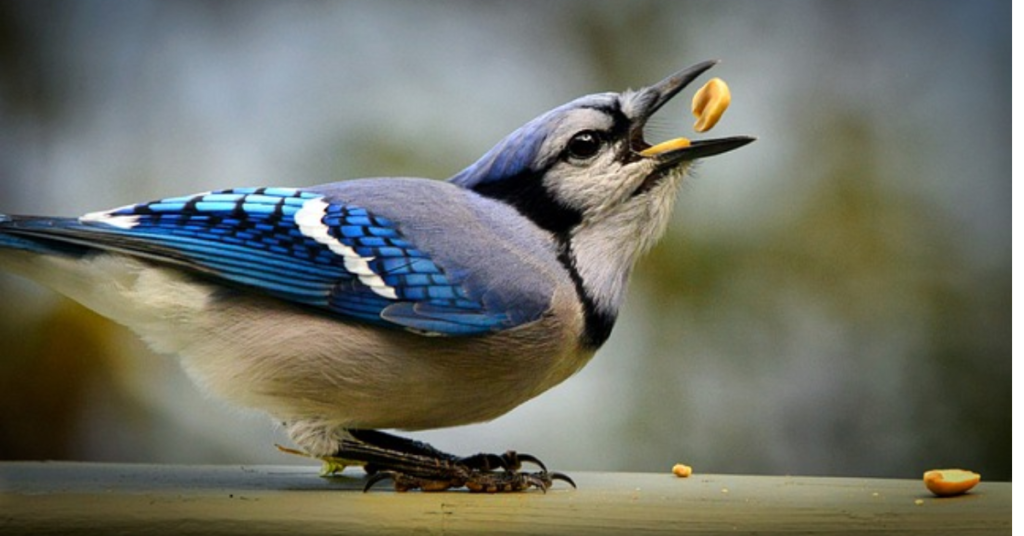Blue Jay with Long Tail
Blue Jays (Cyanocitta Cristata) are captivating birds with unique traits that distinguish them from other species.

What is Special About a Blue Jay Bird
Eye-Catching Appearance
- Striking Blue Feathers: The Blue Jay’s vivid blue plumage, white underparts, and black neck markings are iconic. Interestingly, their feathers appear blue not because of pigments but due to the way light interacts with feather structures, creating the illusion of blue.
- Expressive Crest: Their head crest can be raised or lowered based on the bird’s mood, serving as a form of communication with other Blue Jays and helping them express emotions.
Impressive Sound Abilities
- Diverse Vocal Repertoire: Blue Jays produce a range of calls, from loud “jay-jay” sounds to softer, melodious notes, making them one of the more versatile avian vocalists.
- Imitating Other Species: They are adept mimics, often copying the calls of hawks. This can scare off predators or warn other birds of danger, and may also help protect their food sources by confusing competitors.
Exceptional Intelligence
- Tool Use and Ingenuity: Known for their intelligence, Blue Jays have been observed using tools to obtain food. Their problem-solving abilities enable them to adapt behaviors to different situations.
- Strong Memory: They have excellent memory skills, particularly when it comes to hiding food like acorns. Blue Jays can remember the locations of hundreds of hidden acorns and retrieve them months later.
Important Role in Nature
- Promoting Forest Growth: Blue Jays contribute to the dispersal of oak trees by burying acorns. Many of these stored acorns are not retrieved, allowing new oak trees to sprout, which helps sustain forest ecosystems.
Social Dynamics
- Tight-Knit Groups: Blue Jays are social birds, commonly found in small family groups. During winter, they may form larger flocks, which increases protection against predators.
- Coordinated Defense Tactics: These birds often cooperate to drive away predators such as hawks, owls, or snakes by mobbing them in groups, helping to protect their territory and young.
Adapting to the Seasons
- Partial Migratory Behavior: Some Blue Jays migrate in fall while others remain in their territories year-round. Their migratory patterns are not fully understood but are believed to be influenced by food availability and individual preferences.
Thriving in Different Environments
- Versatility in Habitat: Blue Jays are highly adaptable and can thrive in various settings, from dense forests to urban areas. They frequently visit bird feeders and have learned to exploit human-altered landscapes for food.
These traits make Blue Jays a standout species, admired for their vibrant appearance, intelligence, adaptability, and significant ecological roles in North America.

